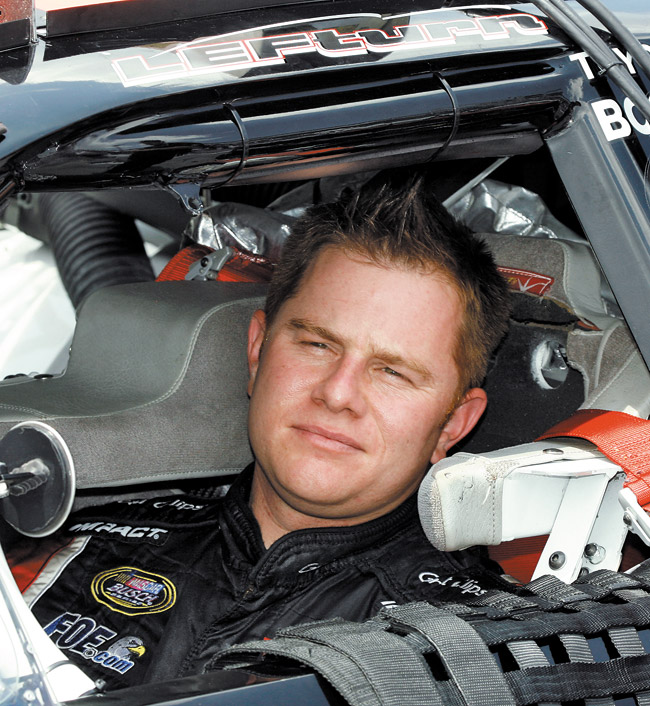Ignoring Death A Driver’s Necessity
When the 43 drivers climbed into their cars to start Sunday’s Quicken Loans 400, little thought was paid to Jason Leffler, the 37-year-old racing veteran who was killed just four days earlier after he hit a wall on a New Jersey dirt-track course. It wasn’t callousness, but necessity.
For the next four-plus hours, these drivers would battle excessive heat, crowded race conditions and the very real threat of leaving the track in an ambulance. In the wake of Leffler’s accident, nearly everyone in racing with a Twitter account passed along some tender sentiment, but the start of a race is no time to think about one’s mortality.
To succeed in racing is to tune out natural survival instincts. Driving north of 190 mph just 6 inches off the rear bumper of a competitor is not what anyone would consider normal behavior. But this ability – while ignoring the threat of death – is the sport’s most-basic job requirement. It also is what make it a fascinating spectacle.
Shaun Tyrance, a psychologist who has worked with numerous NASCAR teams, said in a 2012 The National Psychologist article that a driver’s willingness to “drive on the edge” is the single biggest factor in his or her success. He also said ability to focus and ignore outside distractions is a trait shared by most elite athletes.
Leffler had that focus. Racing in everything from sprint cars to Indy and NASCAR, the focus and lack of fear was always present. Had he allowed himself any such thoughts of mortality, he never would have gotten on the track.
Drivers historically have taken a disinterested look at safety advancement, often hiding behind the idea that such implementations will lessen their chances at victory. Seat belts were resisted, as were roll cages – which sometimes were made illegally of wood to save weight. Most recently, some drivers complained about the mandated use of head- and neck-support devices. NASCAR required the use of HANS devices after the rather tame-looking accident that killed Dale Earnhardt in 2001. The most common complaint was that the device would reduce visibility.
While there may have been some validity behind the protests of rule changes, it’s probably truer that such topics punctured holes in the self-protective cocoon that drivers create for themselves.
Drivers are no different than football players who throw their bodies into a scrum of tacklers and ball carriers, knowing full well that such behavior over the long term nearly guarantees later-life health problems. They also are apt to view with scorn rule changes designed to make the game less violent.
New Jersey police, who licensed the race track, are investigating, and a rules review will be carried out by various racing organizations. Little will change. The small dirt tracks lack funds to put in modern safety barriers, and the drivers won’t likely ask. To do so would be to admit to themselves that their sport is inherently unsafe.






